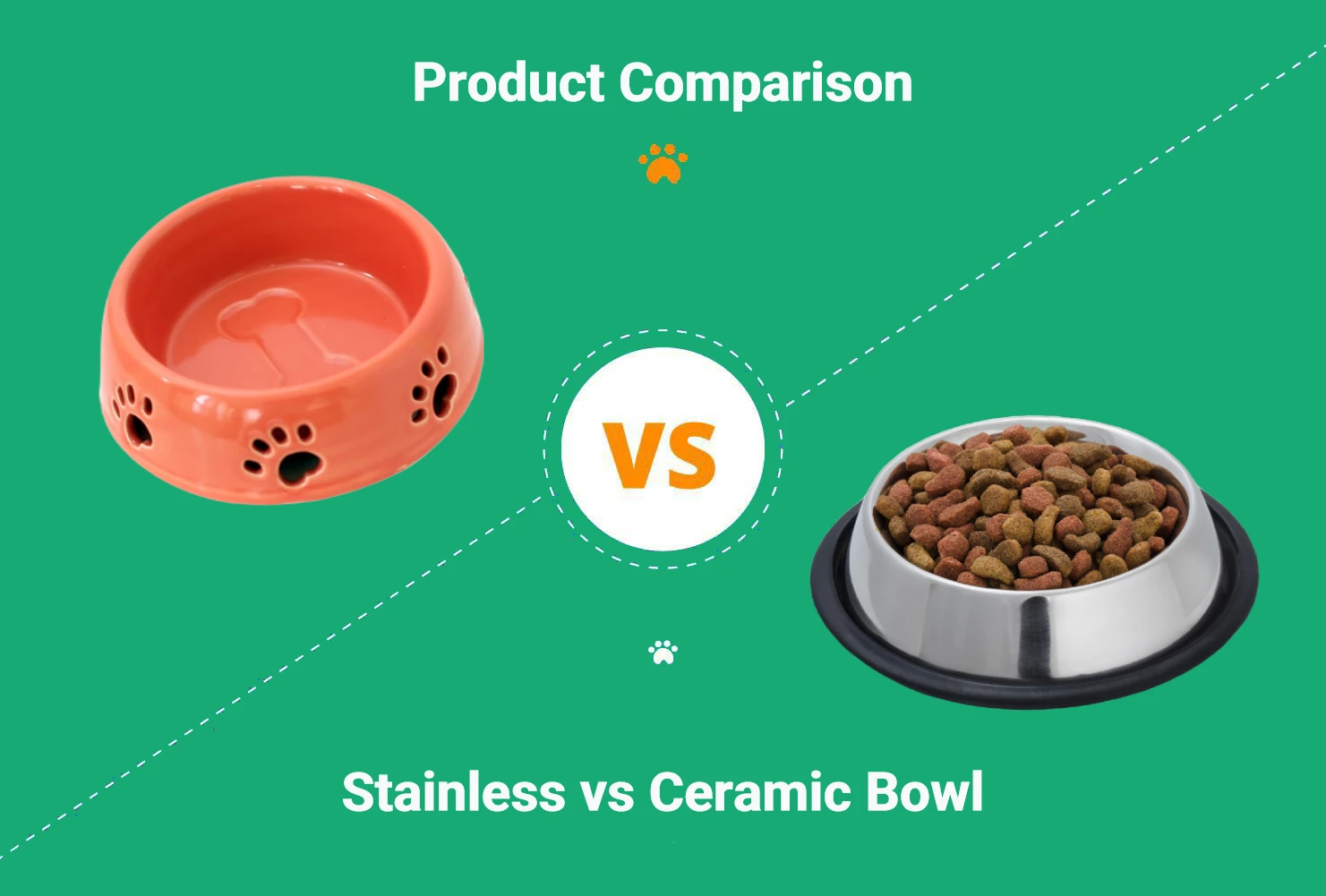Click to Skip Ahead
A good dog bowl is an essential purchase when you own a pet. The size and shape can vary, but each pet will need a place to eat. However, materials like plastic can leak harmful chemicals into the food and scratch easily, enabling bacteria to form and grow. Certain metals can rust, which will ruin the bowl and add iron oxide to the food.
Stainless steel and ceramic are popular materials often used to make dog bowls, and here, we look at each to see which is better. Keep reading to make sure you get the best food bowl for your pet!
Overview of Stainless-Steel Dog Bowls

What Is Stainless Steel?
Stainless steel is an iron alloy made by mixing iron with carbon, nitrogen, aluminum, silicon, nickel, and other elements to give it a wide variety of properties. It must contain at least 11% chromium to be stainless steel, and this ingredient prevents it from rusting and allows it to be more heat resistant. Adding more chromium or nickel will increase its rust resistance. Since the stainless steel does not rust or scratch easily, it makes an excellent dog bowl.
The only real downside to stainless steel is that it doesn’t hold paint well, so it’s usually not very fancy unless it’s in a larger base plastic base.
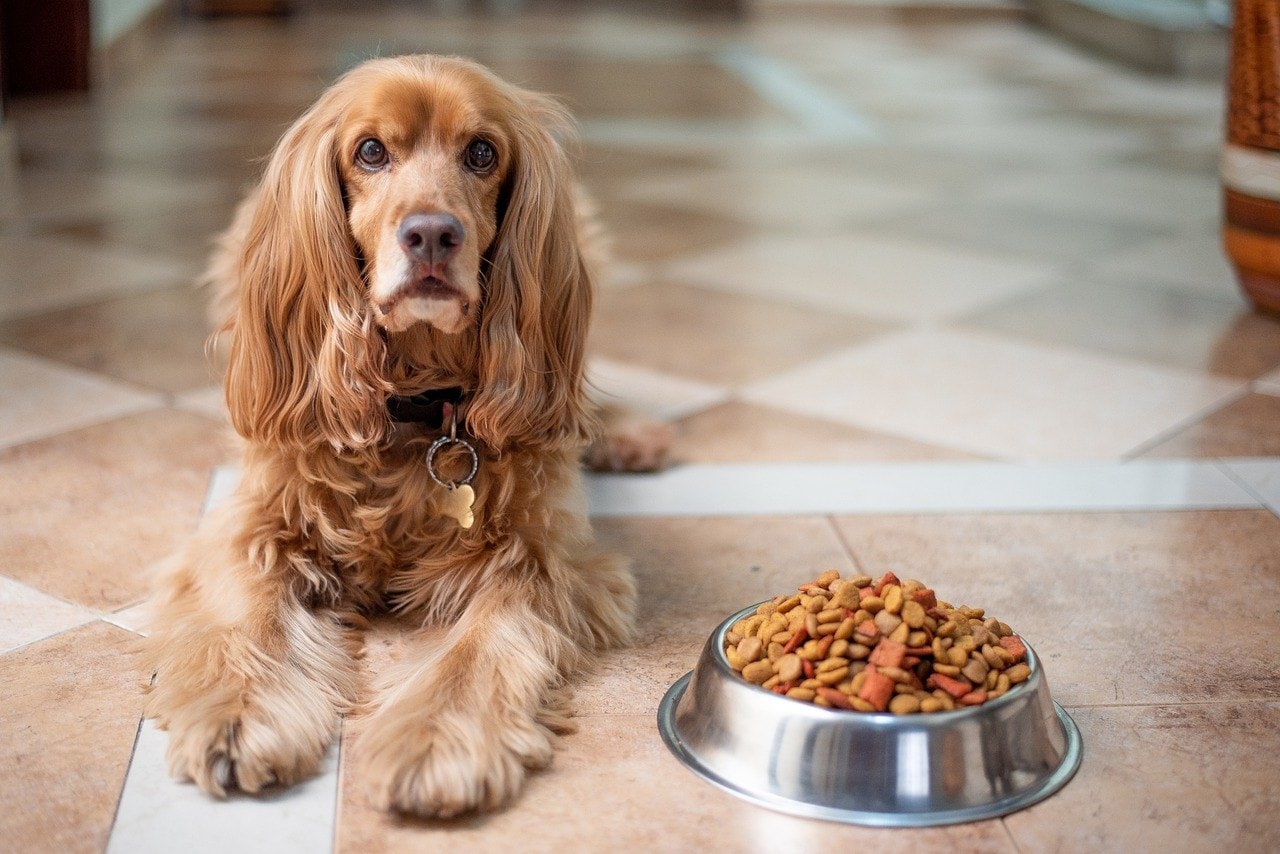
When Do You Use Stainless Steel?
Stainless steel makes a great choice as a dog bowl, and there are very few downsides. It doesn’t rust, so it’s suitable for indoor and outdoor pets. It won’t add any chemicals to the water or change the flavor, and it won’t scratch, so bacteria can’t grow on the surface. It’s also nearly indestructible and will likely last several years.
- Durable
- Bacteria resistant
- Easy to clean
- Plain
Overview of Ceramic Dog Bowls
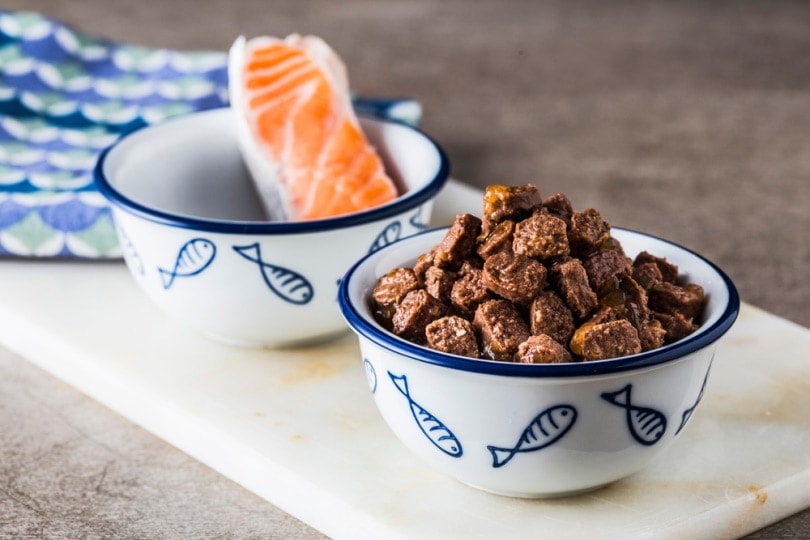
What Is Ceramic?
Ceramic pottery is a baked clay that becomes incredibly hard when exposed to high temperatures. People may also refer to this material as earthenware, stoneware, or porcelain. Many home dishes use a similar material, and so do many toilets, vases, and statues. The hard surface can be smooth and resistant to scratching, so like stainless steel, it’s easy to clean and will not enable bacteria to grow. It will not leak any chemicals into the food, nor will it change the flavor.
The primary downside to ceramic is that its hardness makes it brittle, so it’s easily broken by being handled roughly or being dropped.
- Related Read:Best Gifts for Dog Lovers
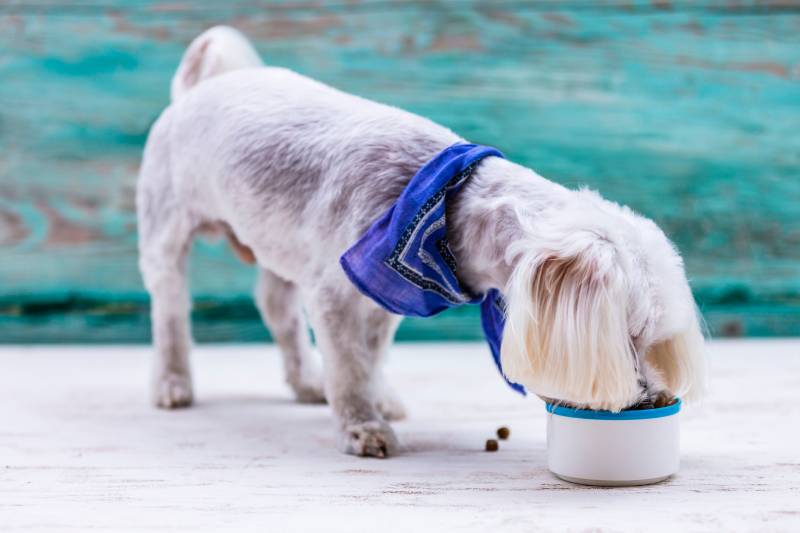
When Do You Use Ceramic?
Ceramic dog bowls make an excellent choice for most homes, and due to their heaviness, they are especially useful for dogs that like to push the food bowl around while they eat. These bowls are often highly decorated, and there are plenty of patterns and colors to choose from, so you are sure to find one that accents your kitchen. There is no worry about rusting, and it will last a lifetime—if you don’t drop it.
The downside to ceramic is its brittleness, which makes it easy to break or crack. The decorative coating also tends to ship off after repeated washings, decreasing its attractiveness. The decorative colors and patterns can also increase the bowl’s cost, and its weight can increase the price of shipping it to your home.
- Hard surface
- Decorative appearance
- Easy to clean
- Reduces sliding
- Brittle
- Expensive
- Main dog bowl
- Secondary dog bowl
- Less expensive
- More durable
- Main dog bowl
- Secondary dog bowl
- Pets that push the bowl
- More attractive
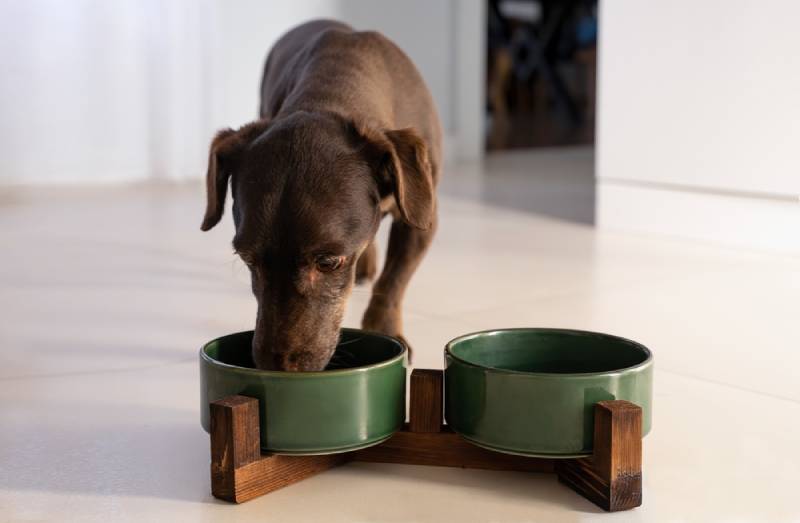
Conclusion
We recommend the stainless-steel dog bowl for most people because it’s easy to clean and nearly indestructible. It’s lightweight, inexpensive, and suitable for indoor and outdoor use. You are also more likely to find one at your local store. Ceramic is also great, and many people prefer them, but they require a bit more care, so you can’t handle them roughly, and they are not as easy to find and tend to be more expensive. However, if you have just redesigned your kitchen to be color-coordinated, a ceramic bowl is likely what you need.
Featured Image Credit: Dogster

